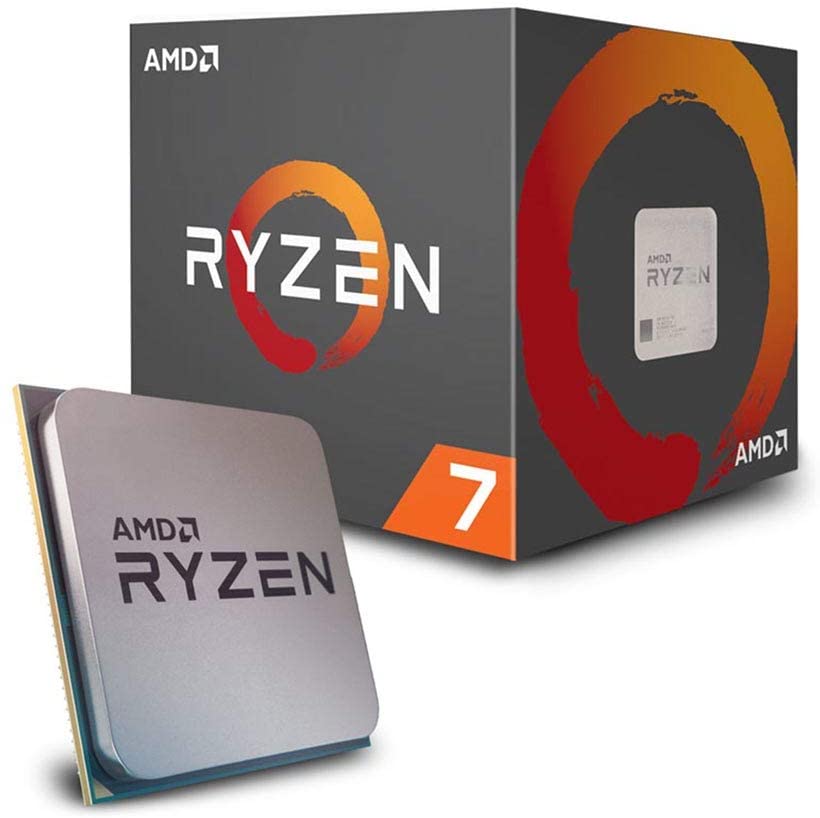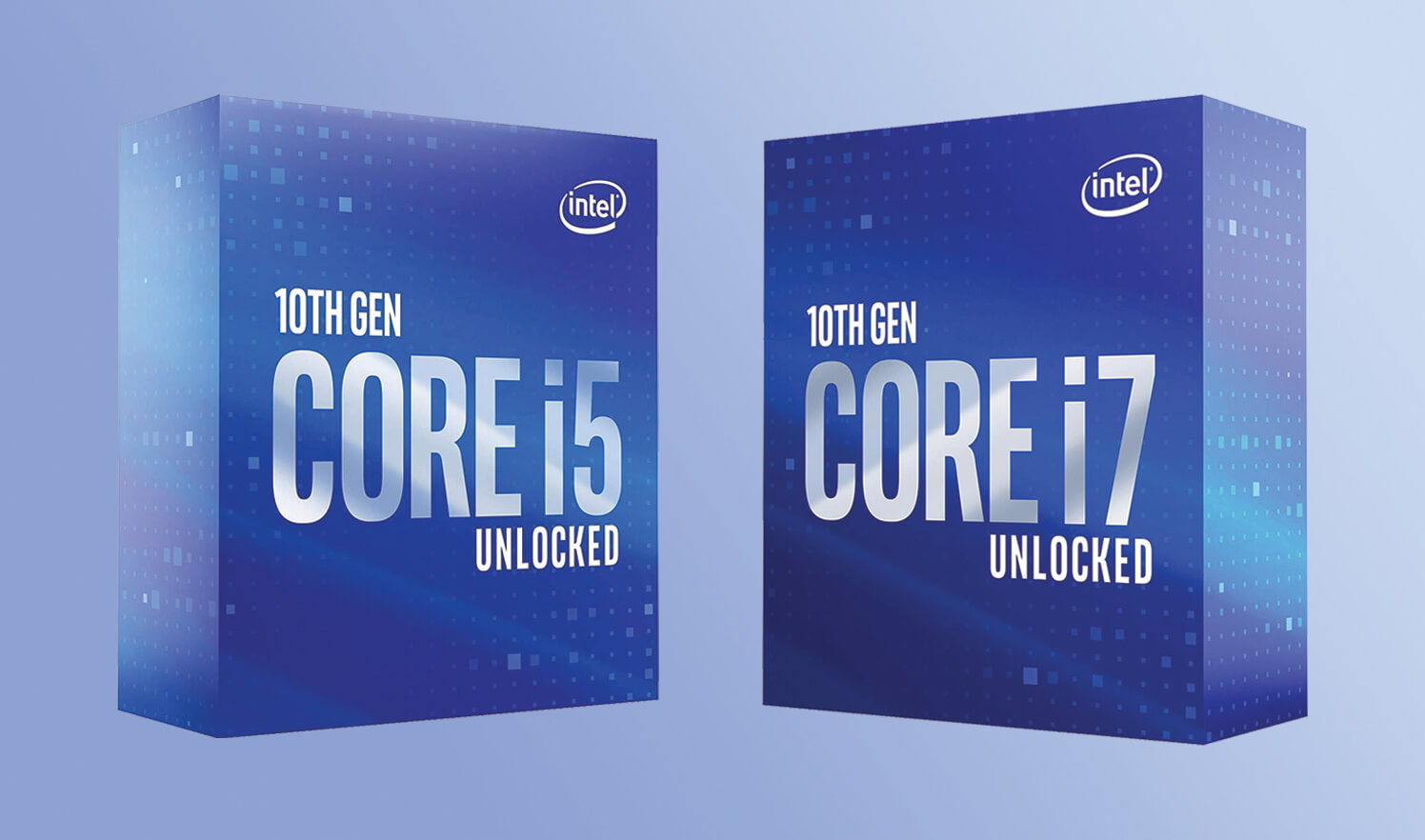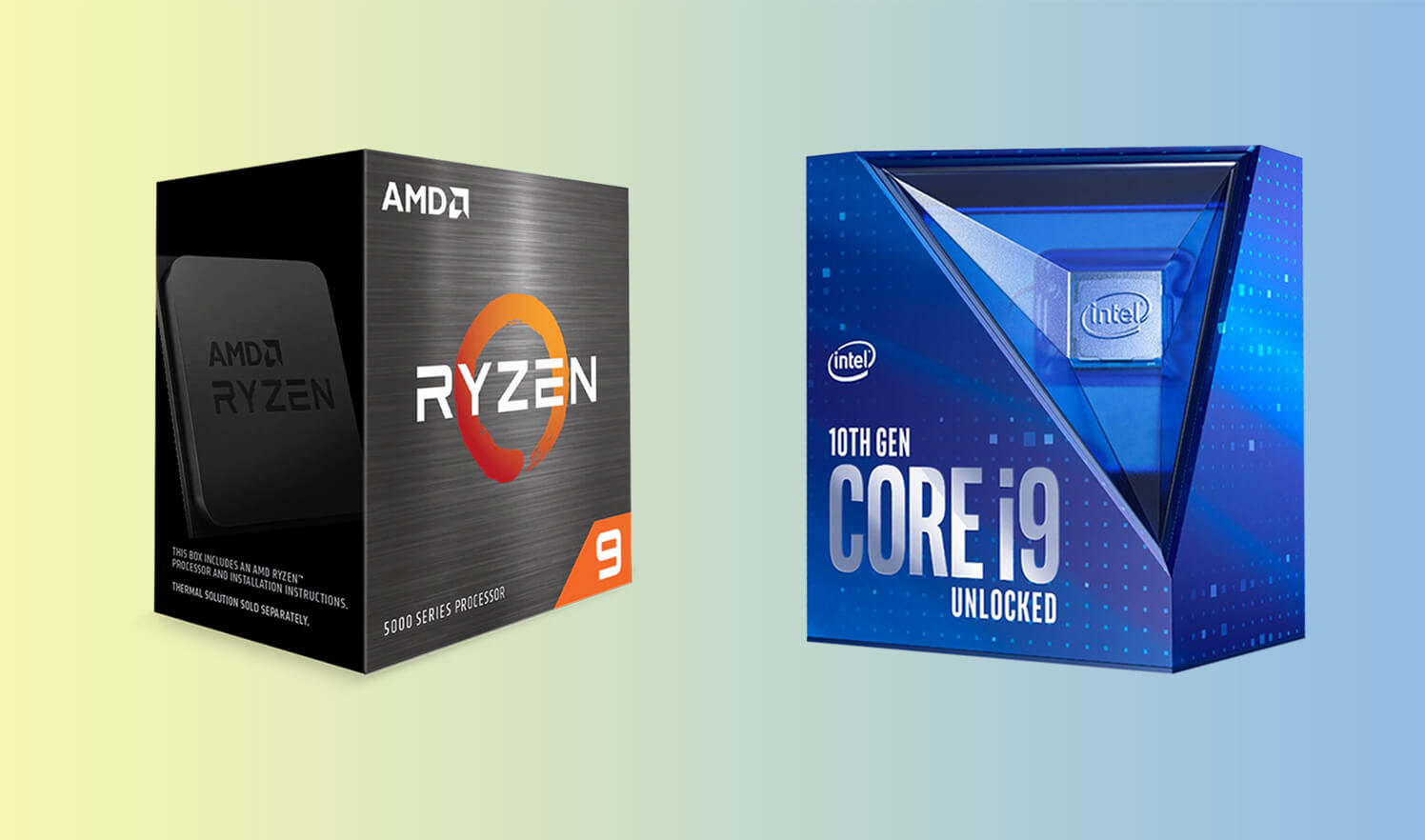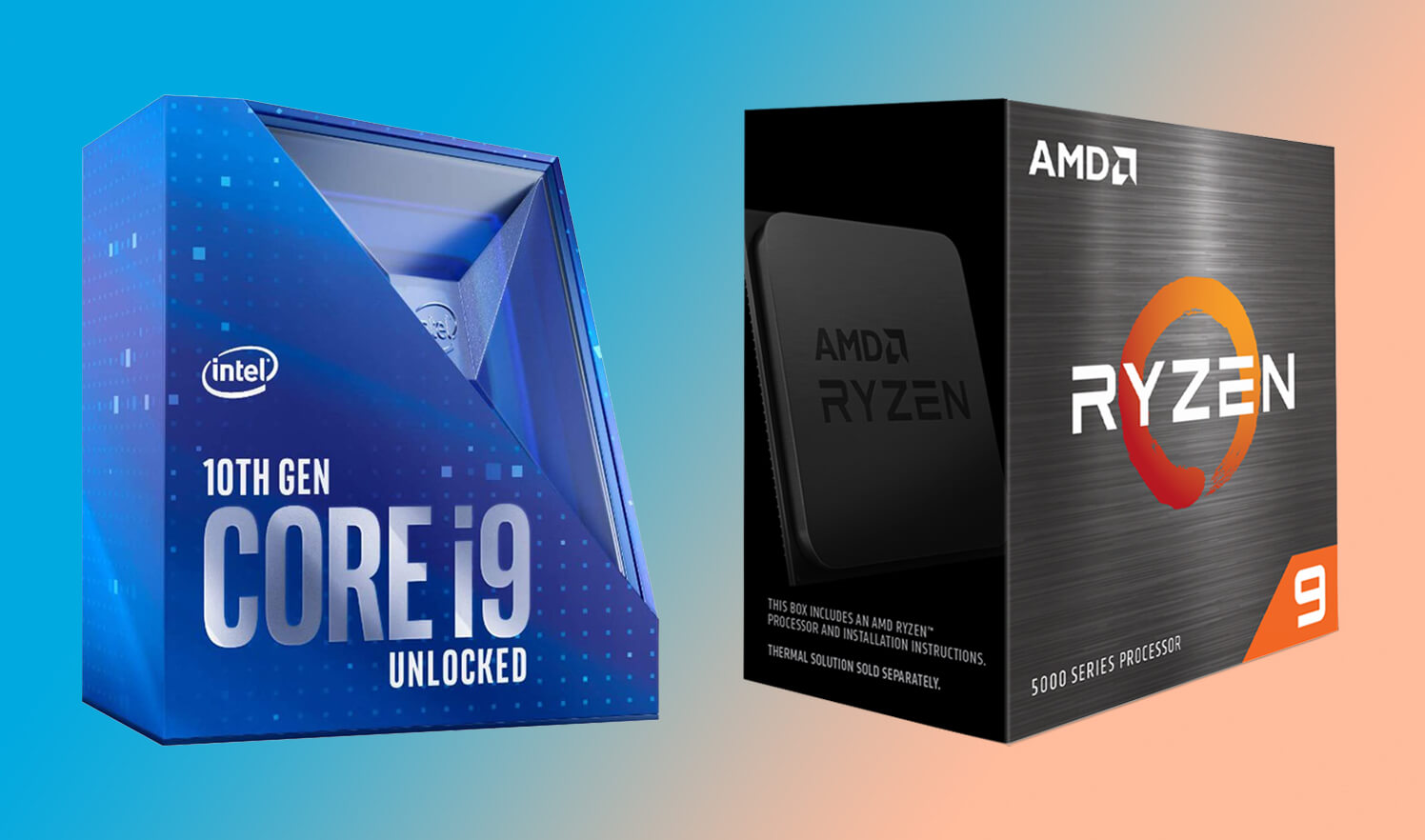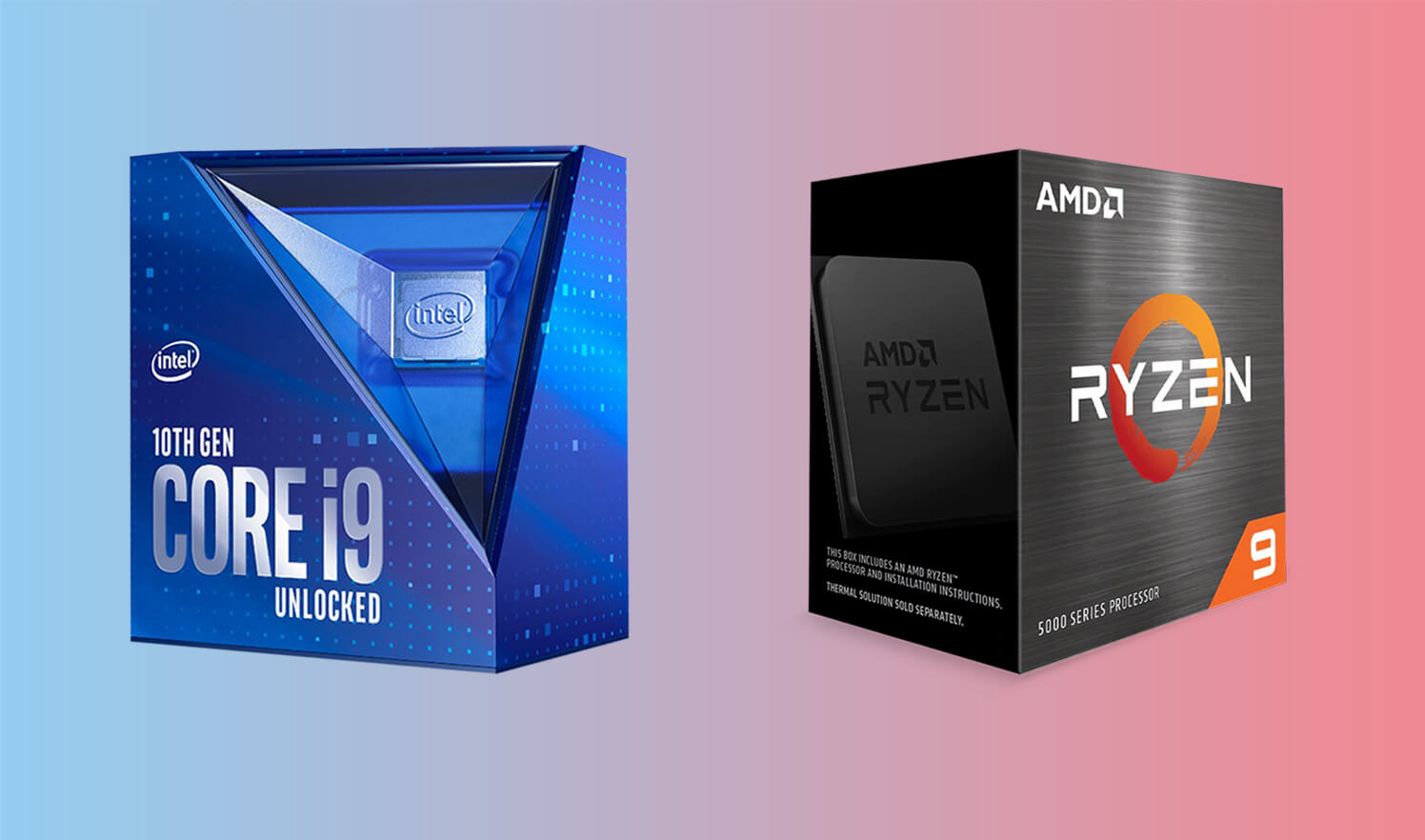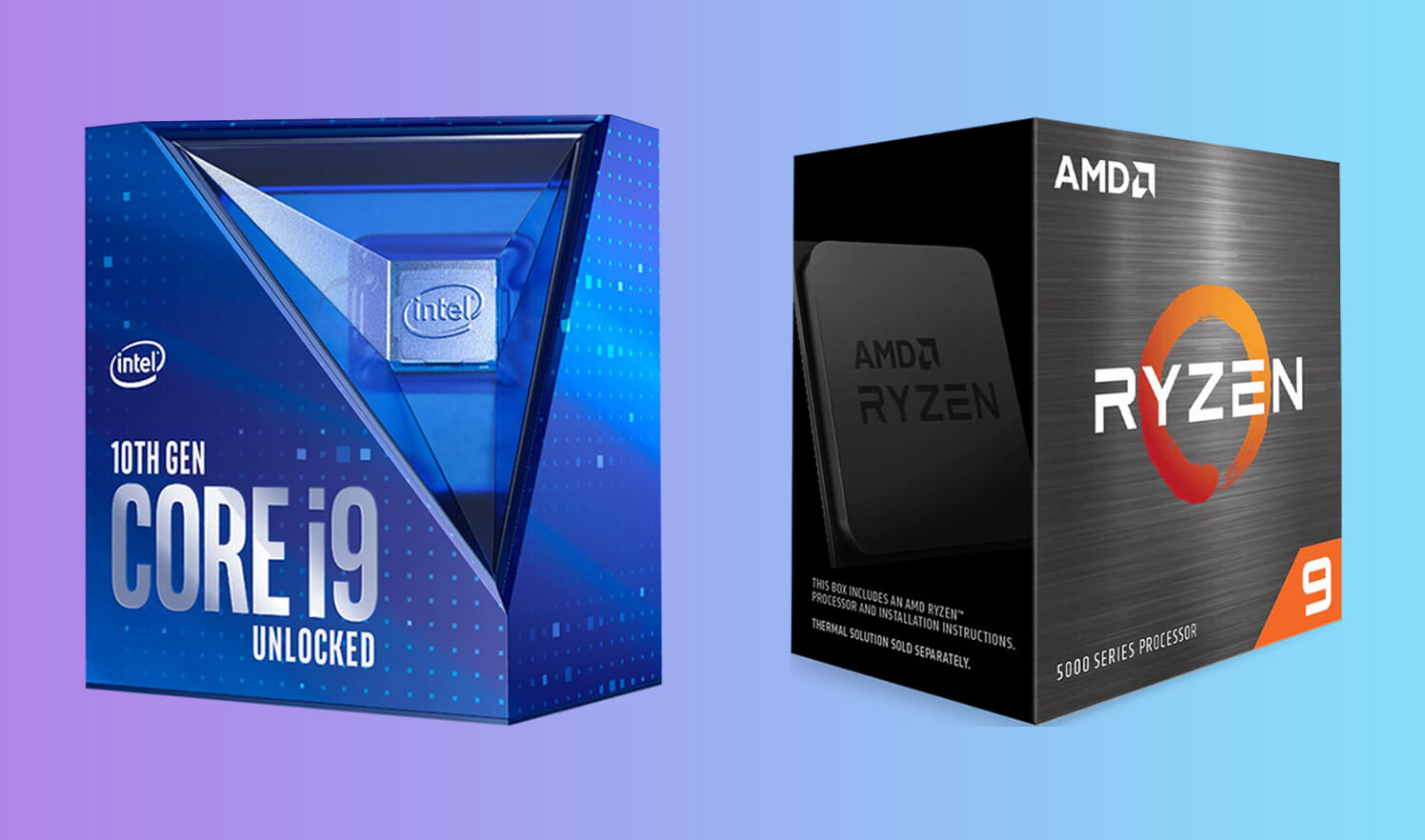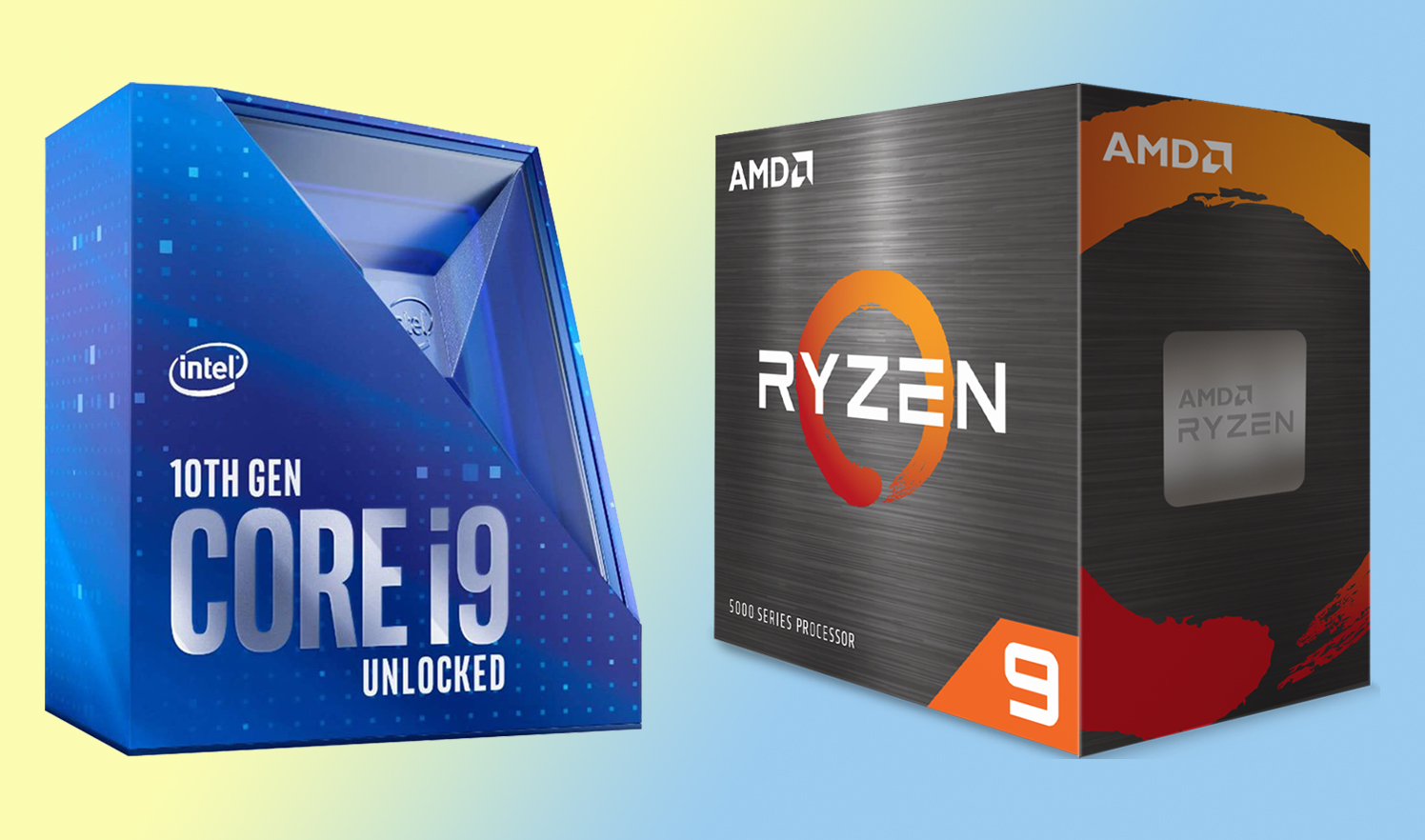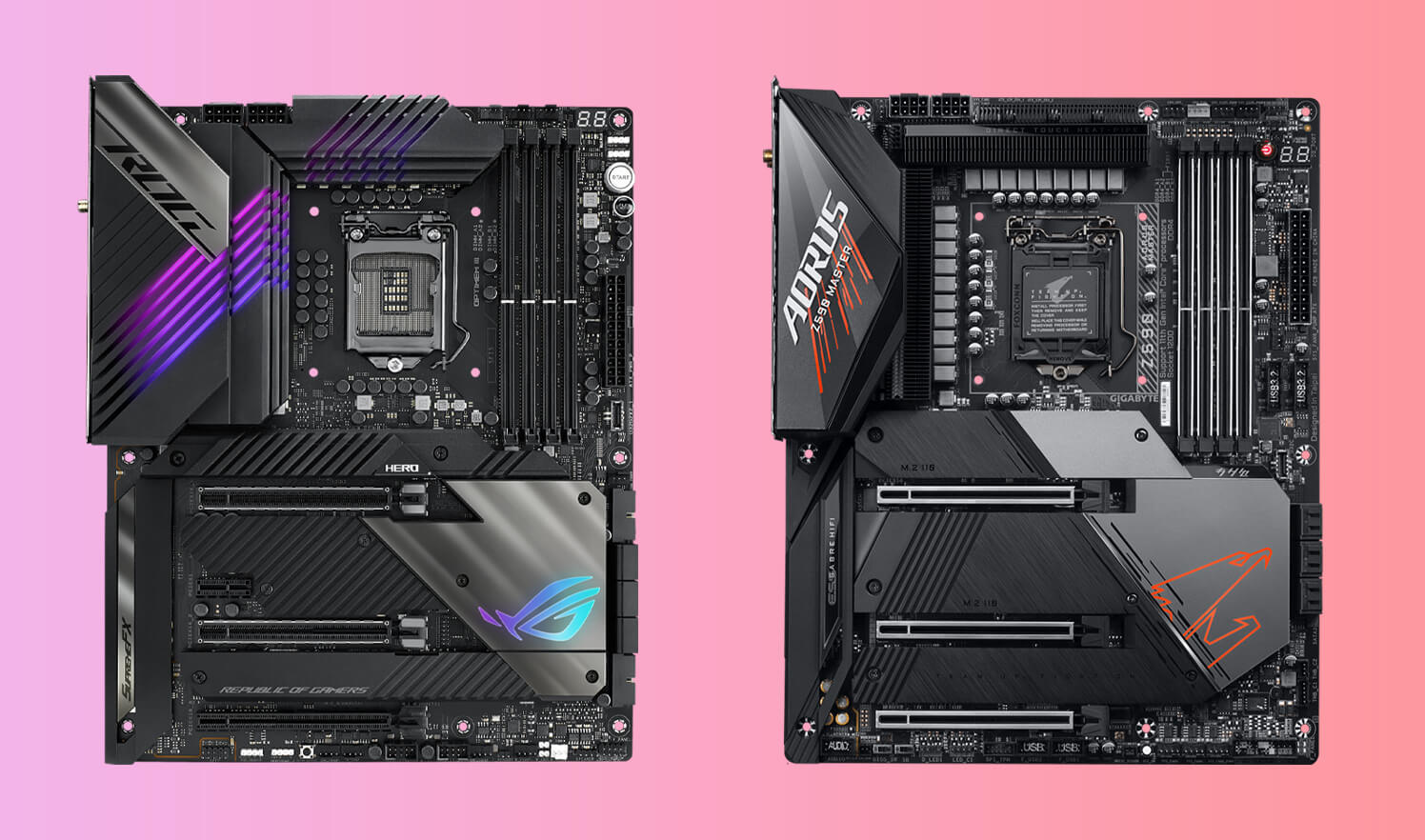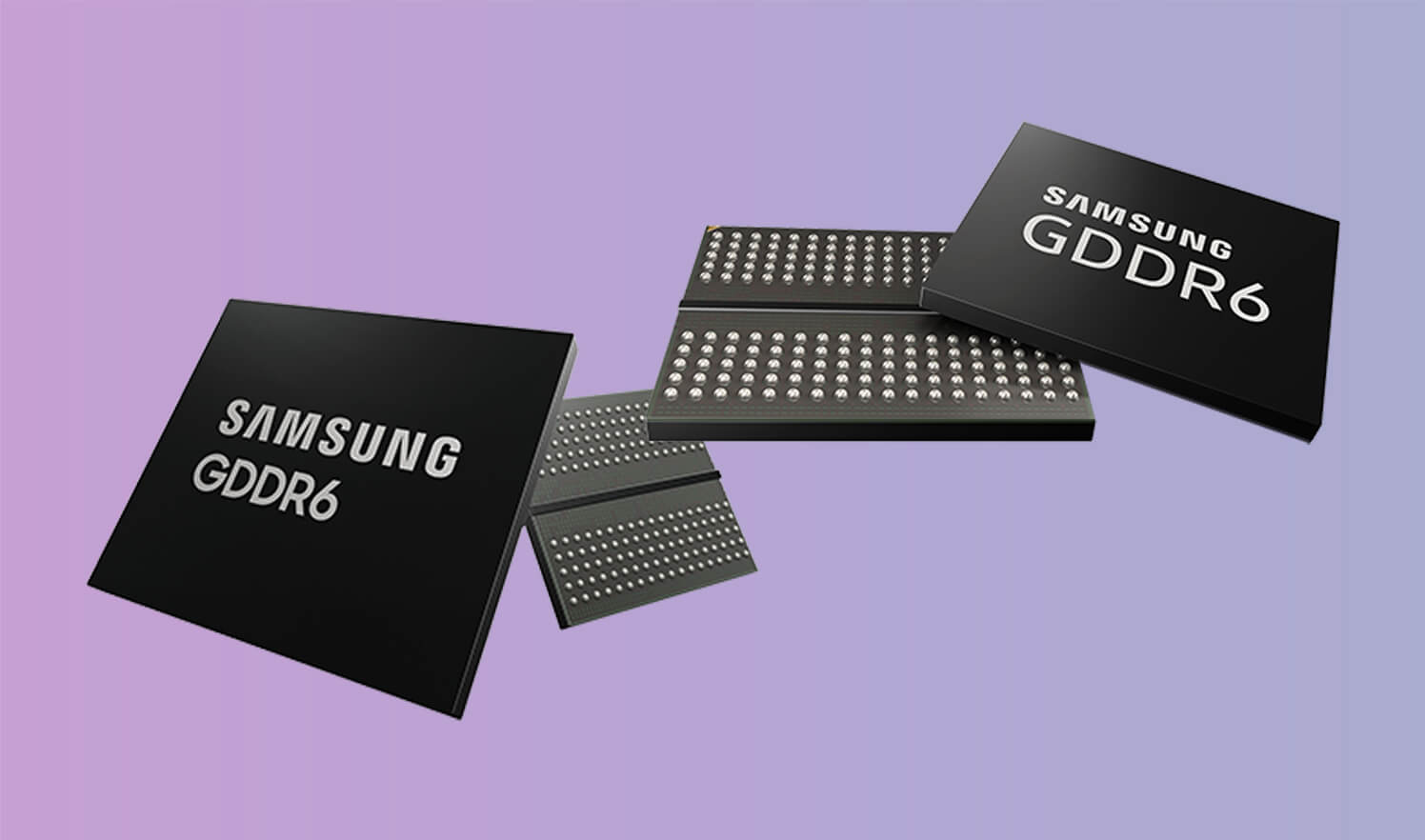Intel is now preparing to introduce the 13th generation of CPUs, which will be built on an 8-nanometer process. Intel Raptor Lake, these new processors are predicted to consume a lot more power than their predecessor - but they may also make use of some innovative technologies that could result in them being significantly less power-hungry when compared with Intel’s 12th gen Alder Lake chips.
It turns out that the rumored Intel Raptor Lake-S processors will be compatible with a revised version of Socket 1151. Igor Wallossek discovered this while looking into intel’s updated power supply guidelines which were recently released by FCPOWERUP, a Chinese website dedicated to the analysis and detailed information about graphics cards, CPUs, and power supplies. In order to find more details about these new products he contacted additional sources for clarification but was only able to uncover limited knowledge on what we can expect from these next-generation chipsets in terms of performance or if they are even going to release at all since there is not many available data as it stands now.
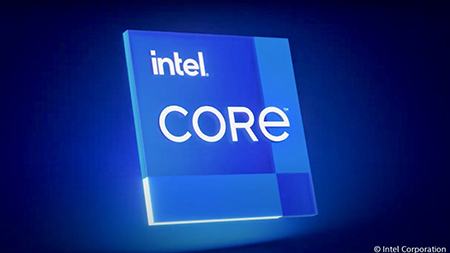
Thanks to previous leaks, we already know that Raptor Lake CPUs are going to be a step up from the previous 12th gen of processors. They will come with better caches and have more high-efficiency cores (8C+16c). It is also worth noting they’ll support LPDDR5X memory which was unavailable in earlier generations. This allows us to look at three different performance segments for both the 12th and 13th generation Intel CPU’s - one being low power mobile devices like laptops or tablets; another would be desktop computers while finally there are gaming rigs through what many consider “the holy grail” segment: High-Performance Desktop Workstation Computers commonly used by professionals such as 3D designers, scientists, etc.
Intel Raptor Lake Power Requirements
The new leak shows that the power requirements for future CPUs will be divided into three segments: 125 watts, 65W, and 35. The flagship processor Raptor Lake CPU’s TDP remains unchanged from the last generation’s with a PL4 or Power Limit 4 which now has an active function rather than reactive. Previously it was just set to react when needed but this proactive approach allows them to anticipate higher demands in contrast to being able to act more quickly on these needs as they happen.
The latest Intel CPUs are more efficient and can reach higher frequencies than before, which should provide better performance. To best utilize the power limit of 4, when a computer reaches this threshold it is supposed to use over current protection in order to prevent an overloaded processor from damaging itself or other parts of the system. There are a few ways to reach the peak power limit, but 10 milliseconds is the only way that can last. Intel Core processors use this method in order to control their maximum available power supply.
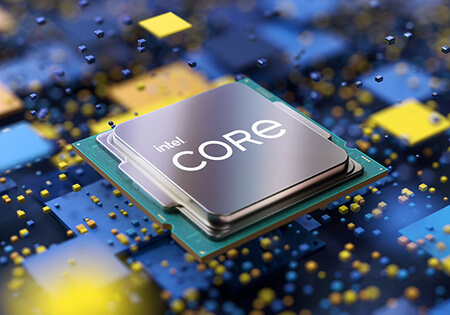
Intel has increased the IccMax for their latest processor: Raptor Lake. Changes to power stages have also been made, which will affect both performance and overall requirements. Looking at current values helps estimate how much extra energy these new chips bring with them in comparison to Intel’s previous generation of CPUs.
Performance mode in the 125W segment is a big difference between these two processors. The default power limit, PL1, aligns with the processor’s TDP and remains unchanged for both Alder Lake-S (ADL-S) and Raptor Lake-S (RPL-S). Moving on to PL2 we see an increase from 241 watts of ADL unit to 253W for RPL unit—however, this only applies to Performance Mode while baseline remains at 188watts either way. It was surprising that even though they are similar CPUs in terms of performance, there’s such a drastic change when it comes downscaling up 1 notch into Performance mode.
The 12th and 13th generations of processors show several differences in power requirements. In Performance mode, the Alder Lake 65W will need 202w while its predecessor needs 126 for performance purposes. The Raptor Lakes have a lower output requirement but also have higher baseline wattage at 219 versus 133- both meaning that it is more sustainable as an everyday product with less risk to overheat or burn out too quickly from excessive use. Compared to ADL-S/RPL-S 35Ws in which there are no significant changes between them across this spectrum of power usage capacities.
Intel Raptor Lake Release date
Intel’s Alder Lake processors are a hot topic in the tech world, with their release only weeks away. Intel has yet to acknowledge any news of Raptor Lakes coming out this year but it is speculated that these CPUs will be released sometime mid-year 2022. Another interesting addition to the new processor line is their launch of DDR5 memory which could potentially improve performance and alleviate some issues associated with previous generations' counterparts such as heat production or power management.

